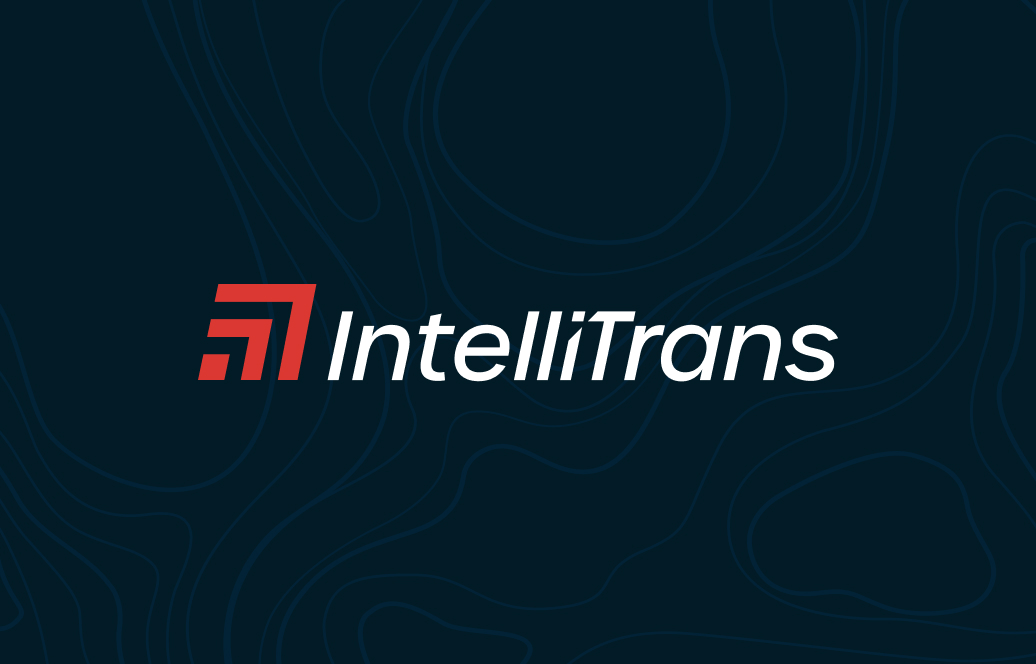

By definition, supply chain visibility is the tracking of all parts, components or products in transit from manufacturer to final destination. The ultimate goal is to improve and strengthen the supply chain by making data readily available to all stakeholders, including the customer. In the modern business world, supply chain visibility expands beyond this basic definition. Empowered by supply chain management technology, for example, it helps companies solve problems by delivering real-time logistics data and insights into various aspects of these global, interconnected networks.Supply chain visibility also helps companies:
These are just some of the key benefits that 100% supply chain visibility provides organizations across all industries, yet these “wins” remain elusive for companies that have yet to embrace supply chain visibility as a core competency and requirement. In The benefits of supply chain visibility, Accenture discusses how“intelligent visibility” combines both structural and dynamic visibility, and supports it with analytical techniques and artificial intelligence (AI). Structural vs. Dynamic VisibilityUsing structural visibility, companies can get a snapshot of their operations at a point in time or over a certain period. It helps them uncover hidden issues and understand things like:
Dynamic visibility focuses more on what’s happening right now, and allows companies to monitor and respond to events in real time. This progression of increasingly mature capabilities helps companies better understand:
When you combine the two, the results can be significant. “Intelligent visibility gives companies a deeper view into the extended supply chain,” Accenture reports. “The insights help them react faster and make better fact-based decisions around how to manage supply chain disruptions and where to focus investments.”Being Proactive Versus ReactivePrior to the pandemic, JD Supra says that some organizations were making “documented efforts” to improve such visibility. These efforts have since become more than just opportunities; they are necessities. “Visibility has become an expectation—a requirement even—rather than a privilege,” it points out in Supply Chain Visibility: Harnessing Logistics To Drive Value.JD Supra goes on to explain how the interconnectedness of the supply chain leaves it vulnerable to compound fractures when threats or other factors permeate even a single step of the logistics process. The truck driver shortage, for instance, stresses the entire supply chain—not just the delivery aspect of it.“When there are no available truck drivers, the warehouses become full,” it says. “When the warehouses become full, they can no longer accept new product shipments. When warehouses cannot accept new product shipments, ships are stuck ‘in the queue’ waiting to dock and offload. The supply chain is left overwhelmed and overworked.”With the right visibility platforms in place, companies can respond rather than just reacting to such disruptions. They can also better identify potential opportunities and make better decisions, rather than waiting for things to happen and then doing what they can to mitigate the problems.“With real-time data representing what inventory is on-hand, awaiting offload, in transit, or stuck at the origin location, management can plan and make critical decisions,” JD Supra points out. “Visibility into product departures, transits, and arrivals also enables improved inventory management. If the information is known, then the management team can make critical decisions on how to manage inventory across terminals. Otherwise, they are doomed to be reactive.”
.avif)
Meet Your Newest Supply Chain Visibility PartnerIntelliTrans’ Global Control Tower provides high levels of supply chain transparency; aggregates, completes, and enhances data from a variety of sources; offers visibility into and execution of different aspects of the supply chain; and generates data-driven alerts and analytics that ask deeper questions and deliver meaningful insights.By leveraging tracking information, the Global Control Tower provides analytics that measures key performance indicators (KPIs) like fleet cycle time, origin/destination dwell time, lane and hauler performance, back orders, freight spend, load optimization, and more. With their rate, equipment, lease, tracking, and invoice data in a central repository that’s accessible 24/7, companies can position themselves for success in any market conditions.